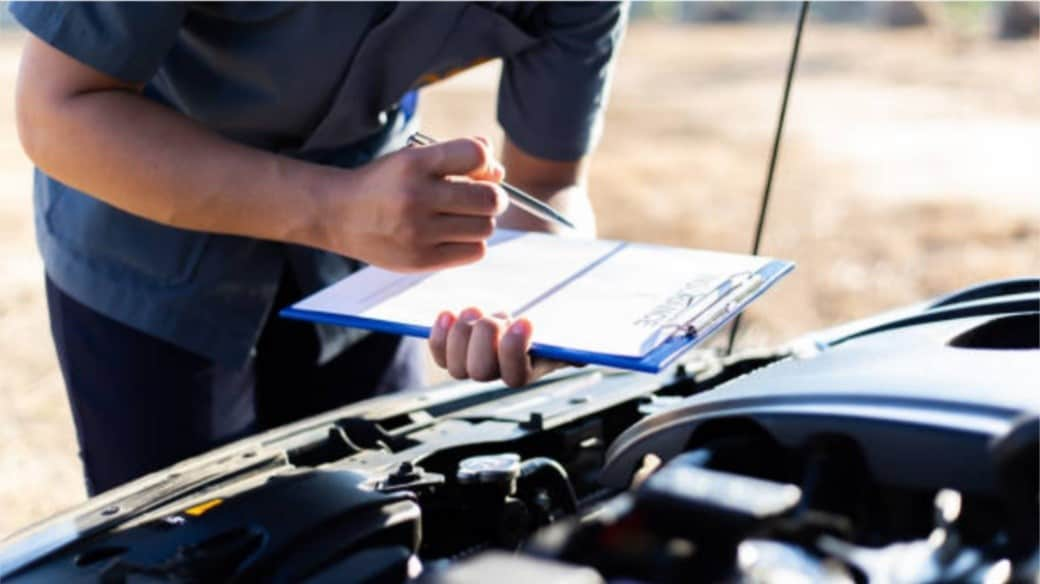All Categories
Featured

How to Strategy for Seasonal Car Maintenance
Every period brings its very own collection of difficulties for your car, from icy winter roads to scorching summertime heat. Correct seasonal car upkeep not only maintains your car running efficiently however also makes sure security and reliability throughout the year. Here's just how to prepare properly for each and every season's distinct demands.- Understand Seasonal Obstacles. The very first action in planning seasonal cars and truck maintenance is understanding just how climate changes influence your car. For example:
Winter seasons: Cold temperatures can affect battery performance, tire pressure, and engine liquids. Springtime: Rain and melting snow can lead to slick roadways and raised endure wiper blades. Summer: Warmth can worry the air conditioning system and tires. Autumn: Falling fallen leaves and much shorter days need attention to visibility and lights systems. By recognizing these obstacles, you can proactively deal with potential problems before they arise.
- Wintertime Upkeep List. Planning for winter season guarantees your automobile deals with harsh conditions securely.
Install Winter Months Tires: Wintertime tires provide much better grip on snow and ice. Examine the Battery: Cold climate lowers battery ability. If needed, examine its toughness and change it. Check Wipers and Washer Fluid: Use wiper blades designed for winter and load the washing machine tank with freeze-resistant liquid. Complete Fluids: Make sure antifreeze, oil, and transmission fluids go to ideal degrees. Emergency Kit: Lug fundamentals like a shovel, jumper, flashlight, and covering cables in case of unexpected breakdowns. 3. Springtime Upkeep List. Spring is the best time to reverse winter season's effects and prepare for milder weather.
Thorough Cleansing: Remove roadway salt from your auto's exterior and undercarriage to stop rust. Examine Tires: Swap winter season tires for all-season ones and check their placement and pressure. Change the Cabin Air Filter: Springtime allergens can obstruct the filter, impacting air movement and air quality. Inspect Brakes: Wintertime conditions can put on down brake pads, so evaluate and replace them if necessary. 4. Summer Upkeep List. Heat needs added care for cooling and tire systems.
Cooling System Examine: Evaluate the radiator, coolant degrees, and tubes to stop getting too hot. A/c: Guarantee your a/c is operating effectively to keep you cool. Monitor Tires: Heat can boost tire stress, so inspect it on a regular basis to avoid blowouts. Inspect Tubes and belts: High temperature levels can create these elements to deteriorate or break. 5. Fall Upkeep Checklist. As temperature levels cool, prepare your cars and truck for the demands of winter months.
Battery Screening: Make Certain the battery remains in excellent condition to handle cool starts. Tire Assessment: Inspect step depth and switch to winter months tires if temperature levels go down substantially. Lighting and Exposure: Ensure all lights are working appropriately, and replace wiper blades for clear vision throughout autumn rainfalls. Liquids and Filters: Complete or replace liquids as required, and evaluate engine filters. 6. Set Up Routine Inspections. Seasonal maintenance planning is most efficient when incorporated with routine specialist evaluations. A relied on technician can find potential problems, recommend customized solutions, and guarantee your car is gotten ready for any kind of seasonal obstacles.

Final thought. Preparation for seasonal auto upkeep is a proactive means to secure your car and enhance its efficiency. Each period presents specific obstacles, yet with appropriate care and focus, you can maintain your automobile in excellent condition year-round. Require time to attend to seasonal needs, and you'll enjoy much safer, much more trusted driving regardless of the weather condition.
Latest Posts
Find Out Reduce Expenses on Car Maintenance with Montclare Auto Repair’s Limited-Time Deals
Published May 26, 25
1 min read
Uncover Oil Changes & More: Complete Services Guide from Montclare Auto Repair
Published May 25, 25
1 min read
Unlock Your Financial Partner at WyHy – Top Benefits for Your Money Goals
Published May 25, 25
1 min read
More
Latest Posts
Find Out Reduce Expenses on Car Maintenance with Montclare Auto Repair’s Limited-Time Deals
Published May 26, 25
1 min read
Uncover Oil Changes & More: Complete Services Guide from Montclare Auto Repair
Published May 25, 25
1 min read
Unlock Your Financial Partner at WyHy – Top Benefits for Your Money Goals
Published May 25, 25
1 min read